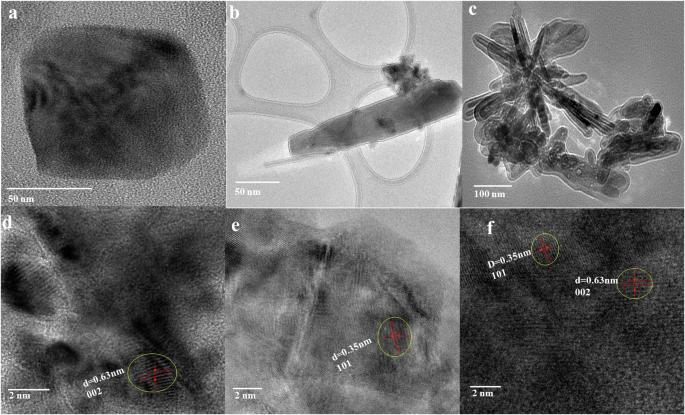用于光催化降解水中污染物的光响应单层 MoS2 纳米通道膜
IF 10.4
1区 工程技术
Q1 ENGINEERING, CHEMICAL
引用次数: 0
摘要
纺织废水是全球时尚产业的主要污染源,它使我们所有的淡水水库变黑。通过膜技术进行纳滤是工业废水处理的最大解决方案之一,但膜结垢是以往工作的主要局限。本研究采用改良的原位聚合反相法制造了新型 PVDF/MoS2-TNT (PMT)纳米复合膜。X 射线衍射 (XRD) 分析也证实了在开发的 PVDF/MoS2-TNT 膜中存在 PVDF 的 β 相。XPS 分析提供了纳米钛管和二硫化钼特定化学态存在的证据,这些化学态参与了污染物分子的光催化降解。扫描电子显微镜(SEM)显示,我们的膜具有多孔性。PVDF/MoS2-TNT 膜对纺织废水的过滤效率极高(97%)。研究结果和成果表明,PMT 膜在纺织废水处理的商业应用中具有巨大潜力。本文章由计算机程序翻译,如有差异,请以英文原文为准。

Photo responsive single layer MoS2 nanochannel membranes for photocatalytic degradation of contaminants in water
The major polluting aspects of our global fashion industries are the textile wastewater that turns black all our freshwater reservoirs. Nano-filtration through membrane technology is one of the biggest solutions of industrial wastewater treatment but the fouling of membrane is the major limitation of previous work. In this research, novel PVDF/MoS2-TNT (PMT) nanocomposite membranes were fabricated through a modified In-situ polymerisation phase inversion method. X-ray diffraction (XRD) analysis also confirmed the β-phase of PVDF within the developed PVDF/MoS2-TNT membrane. XPS analysis provides evidence about the presence of a specific chemical states of titanium nanotube and molybdenum disulphide which is involved in the photocatalytic degradation of pollutant molecules. Scanning electron microscope (SEM) shows that our membranes are porous in nature. PVDF/MoS2-TNT membranes exhibit excellent filtration efficiency (∼97%) for textile wastewater. The results and outcomes of the research demonstrate that PMT membranes have enormous potential in the commercial application of textile wastewater treatment.
求助全文
通过发布文献求助,成功后即可免费获取论文全文。
去求助
来源期刊

npj Clean Water
Environmental Science-Water Science and Technology
CiteScore
15.30
自引率
2.60%
发文量
61
审稿时长
5 weeks
期刊介绍:
npj Clean Water publishes high-quality papers that report cutting-edge science, technology, applications, policies, and societal issues contributing to a more sustainable supply of clean water. The journal's publications may also support and accelerate the achievement of Sustainable Development Goal 6, which focuses on clean water and sanitation.
 求助内容:
求助内容: 应助结果提醒方式:
应助结果提醒方式:


